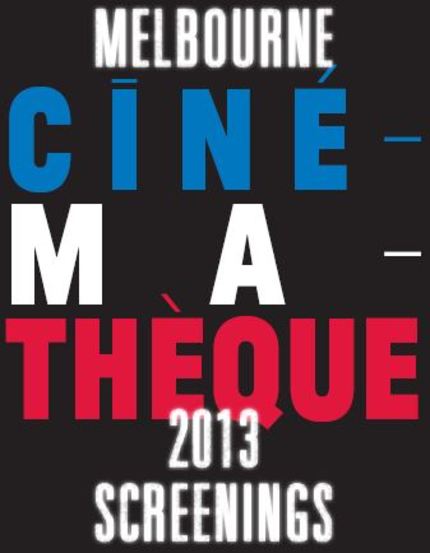Melbourne Cinematheque's 2013 Program Illuminates Japan, Continues Strong Throughout the Year

It is safe to say that film is a learning experience; it is simply not possible to experience every major milestone in cinema history, but it is feasible to fill in the gaps. The Cinematheque gives enthusiasts this chance, as well as the opportunity to see classics on the big screen where they belong. Delving into it, the program includes such treats as a Godard retrospective in April, Roger Corman in June, Werner Herzog in July, the entire Andrzej Zulawski Decalogue in October, and a Bong Joon-ho night in November, besides many more - the full program can be found here.
Membership is incredibly cheap given the value for money and amount of sessions the options afford, and each session will be highlighted here on ScreenAnarchy, beginning with February and the retrospective on Japanese auteur Keisuke Kinoshita.
From February 13-27 a collection of six of his films (a double feature per week) will be playing. I will be bringing ScreenAnarchy readers a review of his much heralded masterpiece The Ballad of Narayama. Here's a bit more information from the Cinematheque about the man and his film:
Keisuke Kinoshita (1912-1998) was one of Japan's best loved and prolific post-war directors, and a master chameleon of both genre and style. Celebrated on par with contemporary Akira Kurasawa in his homeland, he is less well known in the west. After doggedly working his way up the ranks at powerhouse Shochiku Studios - beginning in the film processing laboratory and directing his first feature in 1943 - he was quickly recognized as an immensely creative and eloquent advocate of humanism in World War II-devastated Japan. Often writing his own scripts, Kinoshita drew attention to the toll the war took on ordinary Japanese people: in his words, "There are so many greater but unknown people in this world." Where Kurosawa often told tales of great men, Kinoshita tended to focus more on hardworking and kindhearted women and his films, whether comedies or dramas, soften their satirical blow with unabashed sentiment. Nevertheless, he was wildly inventive as a director, employing everything from Kabuki sets to newsreel footage to reach his creative goals. From the 1940s through the 1960s, his combination of compassion and invention, humor, and pathos, made him irresistible to Japanese audiences. This season of specially imported 35mm prints shines a light on one of the lesser known masters of Japanese cinema.February 13 - 7pm The Ballad of Narayama98 mins, Japan, 1958, 35mm, Japanese w/ English subtitles
A reflection on cultural relativism posing as a period melodrama, The Ballad of Narayama tells the story of a remote village in Japan's feudal period. With hardly enough rice to feed the villagers, elderly people are expected to permit themselves to be abandoned atop Mount Narayama as soon as they turn 70. Highly stylized, but no less affecting, The Ballad of Narayama makes use of Kabuki theater traditions and tropes to throw into sharp relief the harrowing emotion of the story.
I look forward to covering this season and continuing my film education this year.

Do you feel this content is inappropriate or infringes upon your rights? Click here to report it, or see our DMCA policy.






